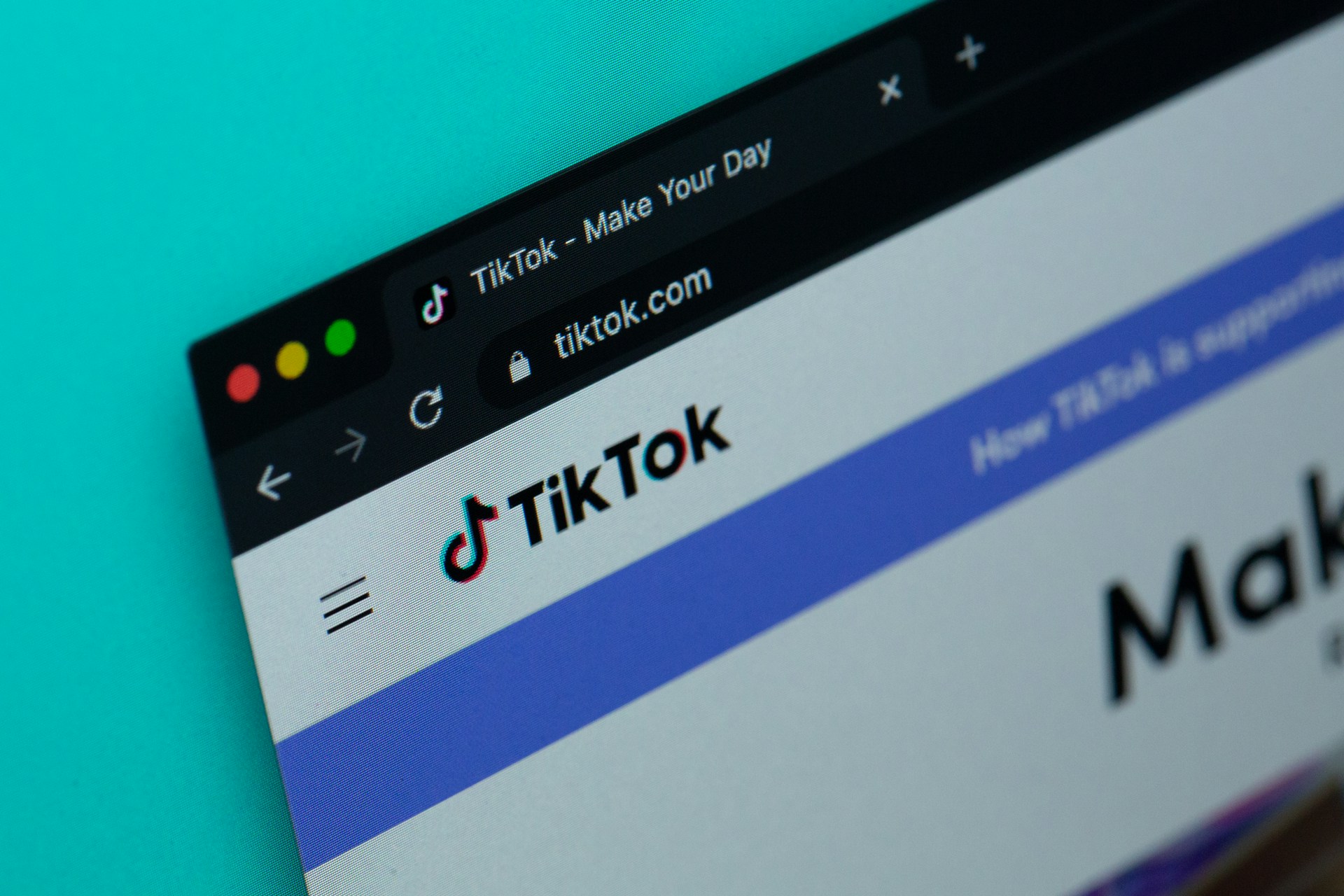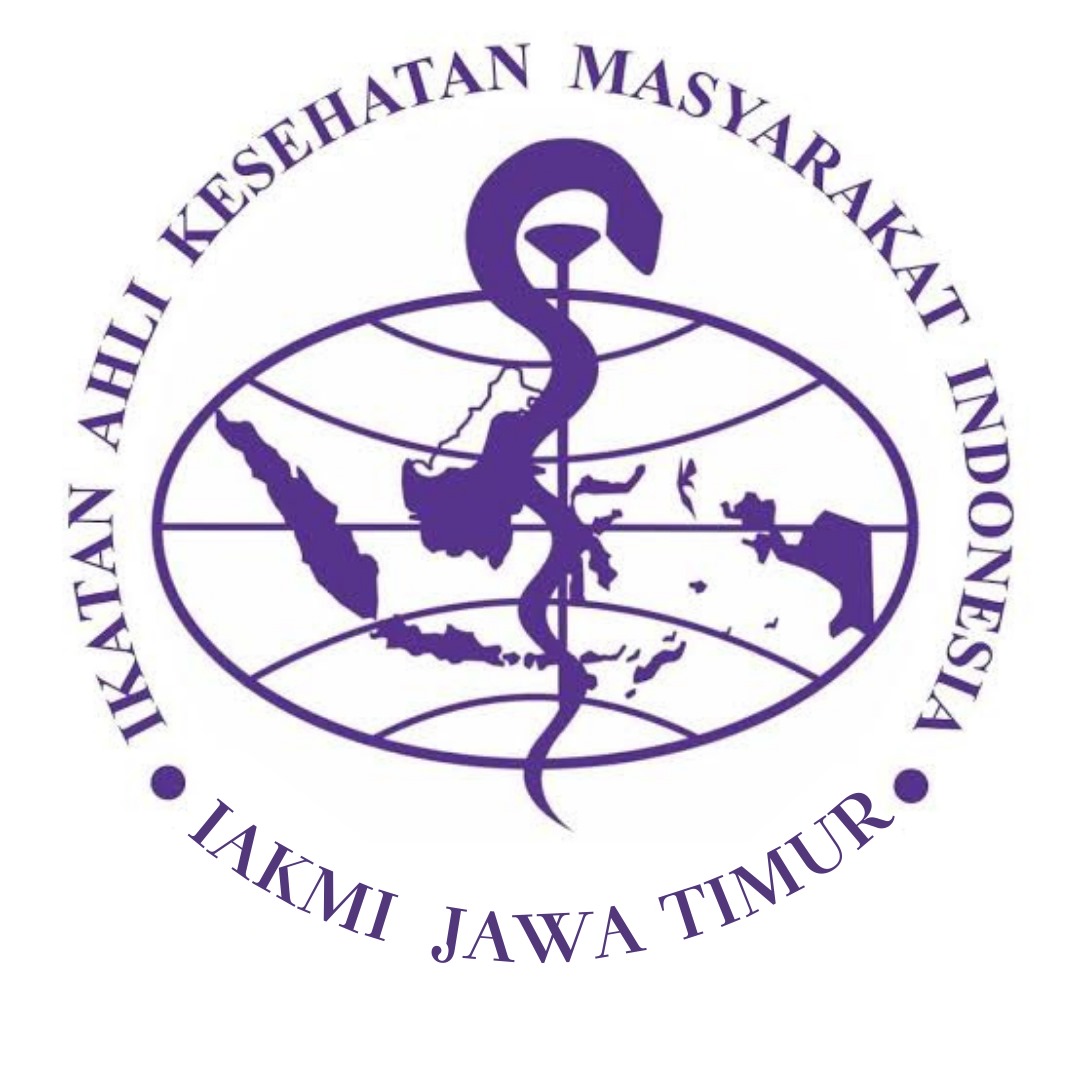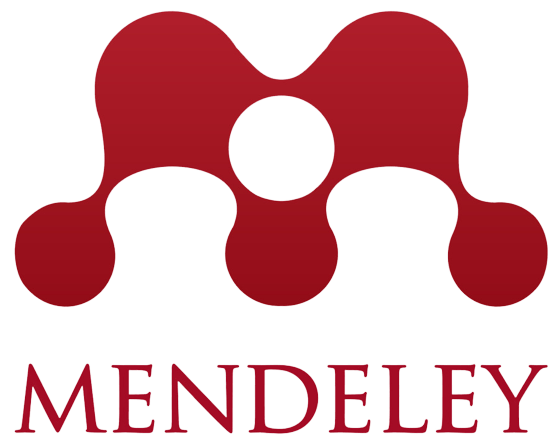Potential and Challenges of TikTok as a Media for Mental Health Education for Young Generation: Literature Review

Downloads
Background: TikTok is a social media application that has become popular among the younger generation due to its short, creative, and straightforward content. These aspects can render TikTok a potential application for mental health education. However, the downsides of lacking credibility checks and the potential for spreading misinformation exist and can be harmful to users.
Objectives: This scoping review aims to explore the potential and challenges of TikTok as a medium for mental health education.
Methods: This study employed a scoping review approach. Three databases were employed in the data review: Science Direct, ProQuest, and PubMed. ‘Mental Health’ and ‘TikTok’ were the primary keywords. After rereading each paper with consideration for the relevance and lucidity of the findings, it was determined that 16 articles were suitable for this evaluation.
Results: TikTok may be used as a platform of mental health education, awareness-raising, and support due to its wide reach and interactive nature. Its effectiveness relies on the content type and quality, psychological characteristics of users, and credibility checks. Minimizing the danger of misinformation and emotional disturbance of users is a concern. There needs to be more media literacy, content regulation, and active participation of mental health professionals in content creation to harness the TikTok platform to its full potential as a mental health education tool.
Conclusions: TikTok can to be a powerful tool for mental health education and literacy, but its effectiveness is contingent on content quality, user characteristics, and credibility filtering. To realize maximum gains and reduce the risk of spreading misinformation and injurious content, strict moderation, regulation, and user education are required.
Andary, S., Bassani, J., Burrell, G., Cole, E., Evans, R., Redman, E. and Kumar, S. (2023) ‘Barriers and Enablers to Access and Utilization of Mental Health Care Services Across Southeast Asia: A Preliminary Scoping Review’, Asia-Pacific Psychiatry, 15(4). Available at: https://doi.org/10.1111/appy.12549.
Basch, C.H., Donelle, L., Fera, J. and Jaime, C. (2022) ‘Deconstructing TikTok Videos on Mental Health: Cross-sectional, Descriptive Content Analysis’, JMIR Formative Research, 6(5), p. e38340. Available at: https://doi.org/10.2196/38340.
Bodeker, G., Pecorelli, S., Choy, L., Guerra, R. and Kariippanon, K. (2020) ‘Well-Being and Mental Wellness’, in Oxford Research Encyclopedia of Global Public Health. Oxford University Press. Available at: https://doi.org/10.1093/acrefore/9780190632366.013.162.
Comp, G., Dyer, S. and Gottlieb, M. (2021) ‘Is TikTok the Next Social Media Frontier for Medicine?’, AEM Education and Training, 5(3). Available at: https://doi.org/10.1002/aet2.10532.
Greene, A.K., Norling, H.N., Brownstone, L.M., Maloul, E.K., Roe, C. and Moody, S. (2023) ‘Visions of Recovery: A Cross-Diagnostic Examination of Eating Disorder Pro-Recovery Communities on TikTok’, Journal of Eating Disorders, 11(1), p. 109. Available at: https://doi.org/10.1186/s40337-023-00827-7.
Hung, Y.H., Miles, A.L., Trevino, Z., Daniello, C., Wood, H., Bishop, A. and Monshad, Z. (2023) ‘BIPOC Experiences of Racial Trauma on TikTok: A Qualitative Content Analysis’, Contemporary Family Therapy, 45(3), pp. 298–308. Available at: https://doi.org/10.1007/s10591-023-09669-6.
Joshanloo, M. (2022) ‘Mental Balance in 116 Nations: Where It Is Experienced and Valued’, International Journal of Environmental Research and Public Health, 19(19), p. 12457. Available at: https://doi.org/10.3390/ijerph191912457.
Lorenzo-Luaces, L., Dierckman, C. and Adams, S. (2023) ‘Attitudes and (Mis)information About Cognitive Behavioral Therapy on TikTok: An Analysis of Video Content’, Journal of Medical Internet Research, 25(1), pp. 1–5. Available at: https://doi.org/10.2196/45571.
McCashin, D. and Murphy, C.M. (2023) ‘Using TikTok for Public and Youth Mental Health – A Systematic Review and Content Analysis’, Clinical Child Psychology and Psychiatry, 28(1), pp. 279–306. Available at: https://doi.org/10.1177/13591045221106608.
Milton, A., Ajmani, L., DeVito, M.A. and Chancellor, S. (2023) ‘“I See Me Here”: Mental Health Content, Community, and Algorithmic Curation on TikTok’, in Proceedings of the 2023 CHI Conference on Human Factors in Computing Systems. New York, NY, USA: ACM, pp. 1–17. Available at: https://doi.org/10.1145/3544548.3581489.
Mohd Shamsuddin, C., Che Musa, N., Mat Saad, S. and Mohamad Rizal, N.E.H. (2023) ‘#healing as a Form of Expression among Malaysian TikTokers: Fostering Connections’, 3L The Southeast Asian Journal of English Language Studies, 29(4), pp. 99–117. Available at: https://doi.org/10.17576/3L-2023-2904-07.
Montag, C., Yang, H. and Elhai, J.D. (2021) ‘On the Psychology of TikTok Use: A First Glimpse from Empirical Findings’, Frontiers in Public Health, 9.641673. Available at: https://doi.org/10.3389/fpubh.2021.641673.
Mordecai, C. (2023) ‘#anxiety: A Multimodal Discourse Analysis of Narrations of Anxiety on TikTok’, Computers and Composition, 67, p. 102763. Available at: https://doi.org/10.1016/j.compcom.2023.102763.
Motta, M., Liu, Y. and Yarnell, A. (2024) ‘“Influencing the Influencers:” A Field Experimental Approach to Promoting Effective Mental Health Communication on TikTok’, Scientific Reports, 14(1), p. 5864. Available at: https://doi.org/10.1038/s41598-024-56578-1.
Peña-Fernández, S., Larrondo-Ureta, A. and Moraes-i-Grass, J. (2022) ‘Current affairs on TikTok. Virality and Entertainment for Digital Natives’, El Profesional de la información [Preprint]. Available at: https://doi.org/10.3145/epi.2022.ene.06.
Pretorius, C., McCashin, D. and Coyle, D. (2022a) ‘Mental Health Professionals as Influencers on TikTok and Instagram: What Role do They Play in Mental Health Literacy and Help-Seeking?’, Internet Interventions, 30, p. 100591. Available at: https://doi.org/10.1016/j.invent.2022.100591.
Rogowska, A.M. and Cincio, A. (2024) ‘Procrastination Mediates the Relationship between Problematic TikTok Use and Depression among Young Adults’, Journal of Clinical Medicine, 13(5), p. 1247. Available at: https://doi.org/10.3390/jcm13051247.
Salazar-Vallejo, G. and Rivera-Rogel, D. (2023) ‘TikTok as a Platform for Educational Dissemination in Ecuador and Peru’, in 2023 18th Iberian Conference on Information Systems and Technologies (CISTI). IEEE, pp. 1–6. Available at: https://doi.org/10.23919/CISTI58278.2023.10211763.
Seekis, V. and Kennedy, R. (2023) ‘The Impact of #beauty and #self-compassion Tiktok Videos on Young Women’s Appearance Shame and Anxiety, Self-Compassion, Mood, and Comparison Processes’, Body Image, 45, pp. 117–125. Available at: https://doi.org/10.1016/j.bodyim.2023.02.006.
Sha, P. and Dong, X. (2021) ‘Research on Adolescents Regarding the Indirect Effect of Depression, Anxiety, and Stress between TikTok Use Disorder and Memory Loss’, International Journal of Environmental Research and Public Health, 18(16), p. 8820. Available at: https://doi.org/10.3390/ijerph18168820.
Turuba, R., Cormier, W., Zimmerman, R., Ow, N., Zenone, M., Quintana, Y., Jenkins, E., Ben-David, S., Raimundo, A., Marcon, A.R., Mathias, S., Henderson, J. and Barbic, S. (2024) ‘Exploring How Youth Use TikTok for Mental Health Information in British Columbia: Semistructured Interview Study with Youth’, JMIR Infodemiology, 4, p. e53233. Available at: https://doi.org/10.2196/53233.
Universitas Gadjah Mada, The University of Queensland, Johns Hopkins Bloomberg School of Public Health and Kementerian Kesehatan RI (2022) Indonesia-National Adolescent Mental Health Survey (I-NAMHS). Yogyakarta.
Wanberg, L.J. and Pearson, D.R. (2024) ‘Evaluating the Disease-Related Experiences of TikTok Users with Lupus Erythematosus: Qualitative and Content Analysis’, JMIR Infodemiology, 4, p. e51211. Available at: https://doi.org/10.2196/51211.
Wang, X. and Shang, Q. (2024) ‘How do Social and Parasocial Relationships on Tiktok Impact the Well-Being of University Students? The Roles of Algorithm Awareness and Compulsive Use’, Acta Psychologica, 248, p. 104369. Available at: https://doi.org/10.1016/j.actpsy.2024.104369.
WHO (2021) Mental Health Atlas 2020. Geneva.
Yao, N., Chen, J., Huang, S., Montag, C. and Elhai, J.D. (2023) ‘Depression and Social Anxiety in Relation to Problematic Tiktok Use Severity: The Mediating Role of Boredom Proneness and Distress Intolerance’, Computers in Human Behavior, 145, p. 107751. Available at: https://doi.org/10.1016/j.chb.2023.107751.
Yeung, A., Ng, E. and Abi-Jaoude, E. (2022) ‘TikTok and Attention-Deficit/Hyperactivity Disorder: A Cross-Sectional Study of Social Media Content Quality’, The Canadian Journal of Psychiatry, 67(12), pp. 899–906. Available at: https://doi.org/10.1177/07067437221082854.
Zhao, H. and Wagner, C. (2023) ‘How TikTok Leads Users to Flow Experience: Investigating the Effects of Technology Affordances with User Experience Level and Video Length as Moderators’, Internet Research, 33(2), pp. 820–849. Available at: https://doi.org/10.1108/INTR-08-2021-0595.
Zheluk, A.A., Anderson, J. and Dineen-Griffin, S. (2022) ‘Adolescent Anxiety and TikTok: An Exploratory Study’, Cureus [Preprint]. Available at: https://doi.org/10.7759/cureus.32530.
Copyright (c) 2025 Aziza Zahrotul Adha, Galuh Mega Kurnia, Mochammad Bagus Qomaruddin, Sri Widati

This work is licensed under a Creative Commons Attribution-ShareAlike 4.0 International License.
Media Gizi Kesmas by Unair is licensed under a Creative Commons Attribution-ShareAlike 4.0 International License.
1. The journal allows the author(s) to hold the copyright and to retain the publishing right of the article without restrictions.
2. The legal formal aspect of journal publication accessibility refers to Creative Commons Attribution-Share-Alike (CC BY-SA).
3. The Creative Commons Attribution-Share-Alike (CC BY-SA) license allows re-distribution and re-use of a licensed work on the conditions that the creator is appropriately credited and that any derivative work is made available under "the same, similar or a compatible license”. Other than the conditions mentioned above, the editorial board is not responsible for copyright violations.



















